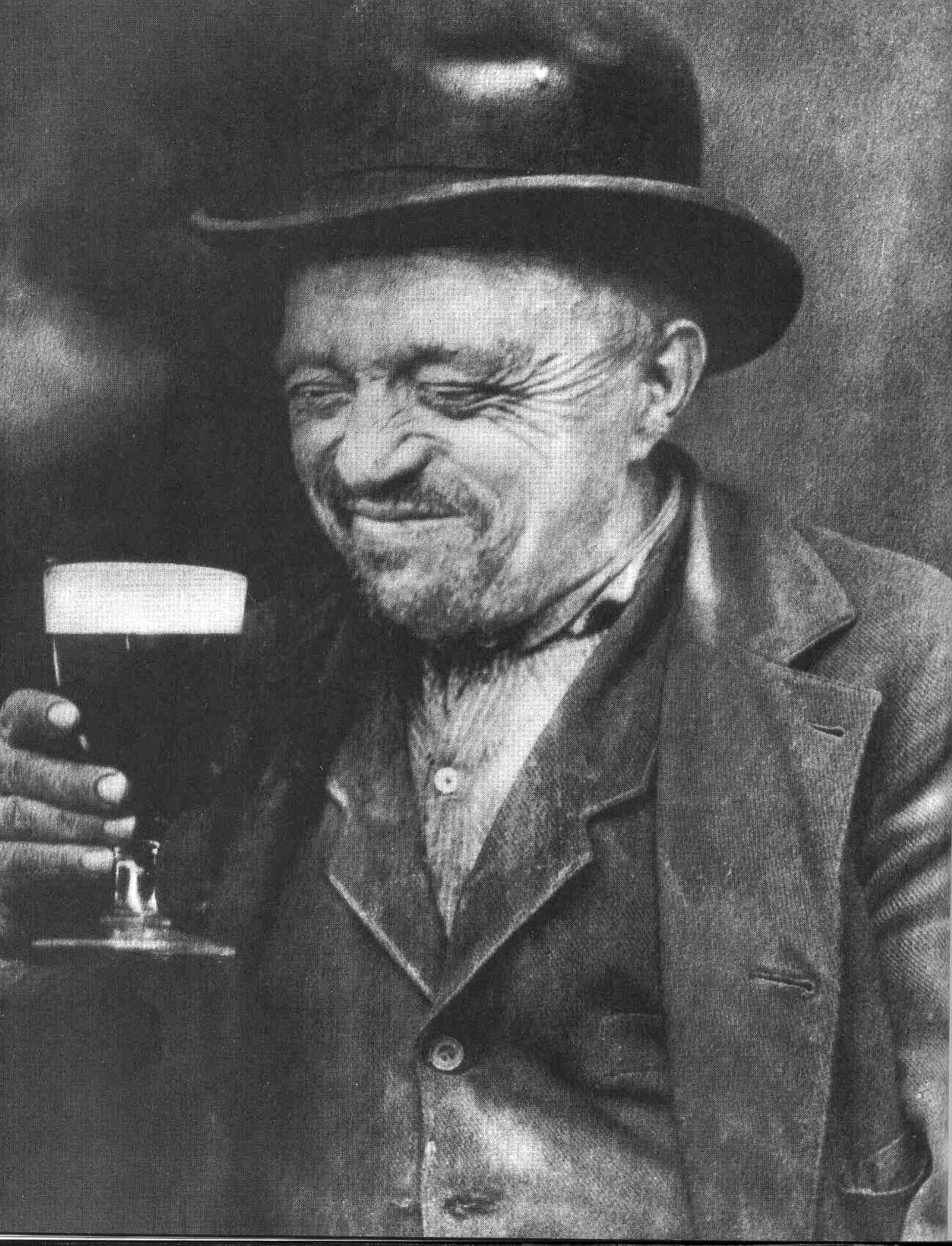William, B. Edwards, Library and Archives Canada, PA-080920
Booze 1829 — 1920
From my book, About Canada, Toronto, Civil Sector Press, 2012.
For more than a century-and-a-half, Europeans had been killing North America’s Indians by giving them firewater—whisky, brandy, rum, port, sherry—in exchange for furs. Now, in the first decades of the nineteenth century, Canada’s pioneer settlers were killing themselves with their own medicine.
Alcohol consumption had reached epidemic proportions, and it was taking a terrible toll. At Ancaster, in Upper Canada, 11 of 13 accidental deaths in 1829 were attributed to excessive drinking. Inquests in the Bathurst District blamed all 20 accidental deaths on booze, according to a study on pioneer drinking habits by Rev. M.A. Garland and historian J.J. Talman.
With an abundant number of distilleries—the Bathurst District alone had six in 1836—whisky was plentiful and cheap. Farmers supplied the distilleries with grain. One bushel of grain made three or three-and-a-half gallons of whisky. The farmer received half the whisky as payment for his grain. Whatever he and his family didn’t drink, was sold to inns, taverns and the many shops that served as drinking houses.[i]
Whisky was a solace in the isolated log cabins where settlers lived harsh and lonely lives of incredible toil. “In many families,” wrote Garland and Tallman, “whisky was served to each member of the household every morning, and thus from infancy, the children were accustomed to its taste.” The whisky was often diluted with water, especially for young children. It was, however, considered a necessary protection against the winter’s cold or the summer’s heat, and an energizing tonic to help workers—men, women and children—meet their heavy task loads.
Whisky was also a principal product in many patent medicines. One such medicine is reported to have contained two ounces of Peruvian bark, half an ounce of Virginia snake root, and more than 50 ounces (3-1/2 pints) of whisky.[ii]
Aside from the log cabins, the country was thickly dotted with other drinking places, in towns, villages and along the rough roads. In Lower Canada, there were twice as many bars and taverns as there were schools, Montreal’s Vindicator reported on March 27, 1832. There were reported to be 1,892 “taverns [and] shops licensed to retail spirituous liquors” in the province, compared with 937 schools. That was said to mean a tavern or sales outlet “for every 128 persons of a fit age to indulge in Intemperance,” compared with one school “for every 164 persons of a fit age to receive instruction.” There were, said the Vindicator, 154,000 children “who ought to be in school,” but only 45,000 who were.
Upper Canada seemed equally well supplied with drinking places. In 1833, there were 20 taverns on the 40-mile stage road between York [Toronto] and Hamilton. Bathurst District, in 1836, had 65 inns and 35 shops that sold, and usually served, liquor; London, with 1,300 people, had seven taverns.
“In travelling though the country, you will see every inn, tavern and beer shop filled at all hours with drunken, brawling fellows; and the quantity of ardent spirits consumed by them will truly astonish you,” one anonymous “ex-settler” wrote.[iii]
In many smaller villages and towns, taverns offered the only space large enough to accommodate even small crowds. They were used for weddings, funerals, meetings, elections, court proceedings (where juries were sometimes served whisky and even magistrate were know to imbibe while administering justice), and religious services.
Every event was an occasion for drinking whisky, but none more notoriously so than the “bees” or raisings at which log houses and barns were built. At one three-day raising, no more than 30 men were reported to have consumed 15 gallons of whisky—60 ounces of whisky per man.
Not every pioneer settler, of course, was a drunkard. The most successful were invariably moderate drinkers or teetotalers. And the first temperance movements were gathering forces by the 1830s. But heavy drinking would remain a costly social Canadian problem for decades.
Unfamiliar Canadian history stories 019
Read more episodes that shatter legends of history in my book About Canada. “Amazing stuff about Canada,” writes best-selling author Christopher Moore. “A very valuable and readable book,” says renowned historian Desmond Morton. ORDER NOW.
[i] M.A. Garland and J.S. Talman. Pioneer Drinking Habits and the Rise of Temperance Agitation in Upper Canada Prior to 1840. Ontario Historical Society, Papers and Records, volume 27 (1931), pp. 341-64.
[ii] Craig Heron. Booze: A Distilled History. Toronto: Between the Lines, 2003.
[iii][iii] Garland and Talman, Pioneer Drinking Habits.
